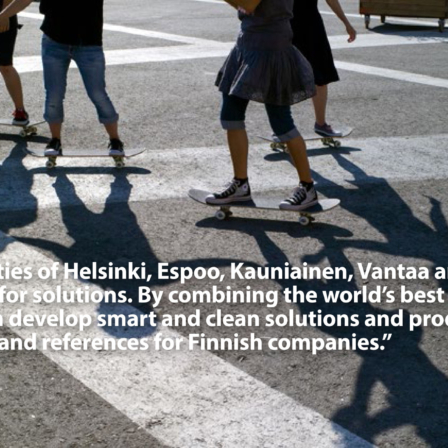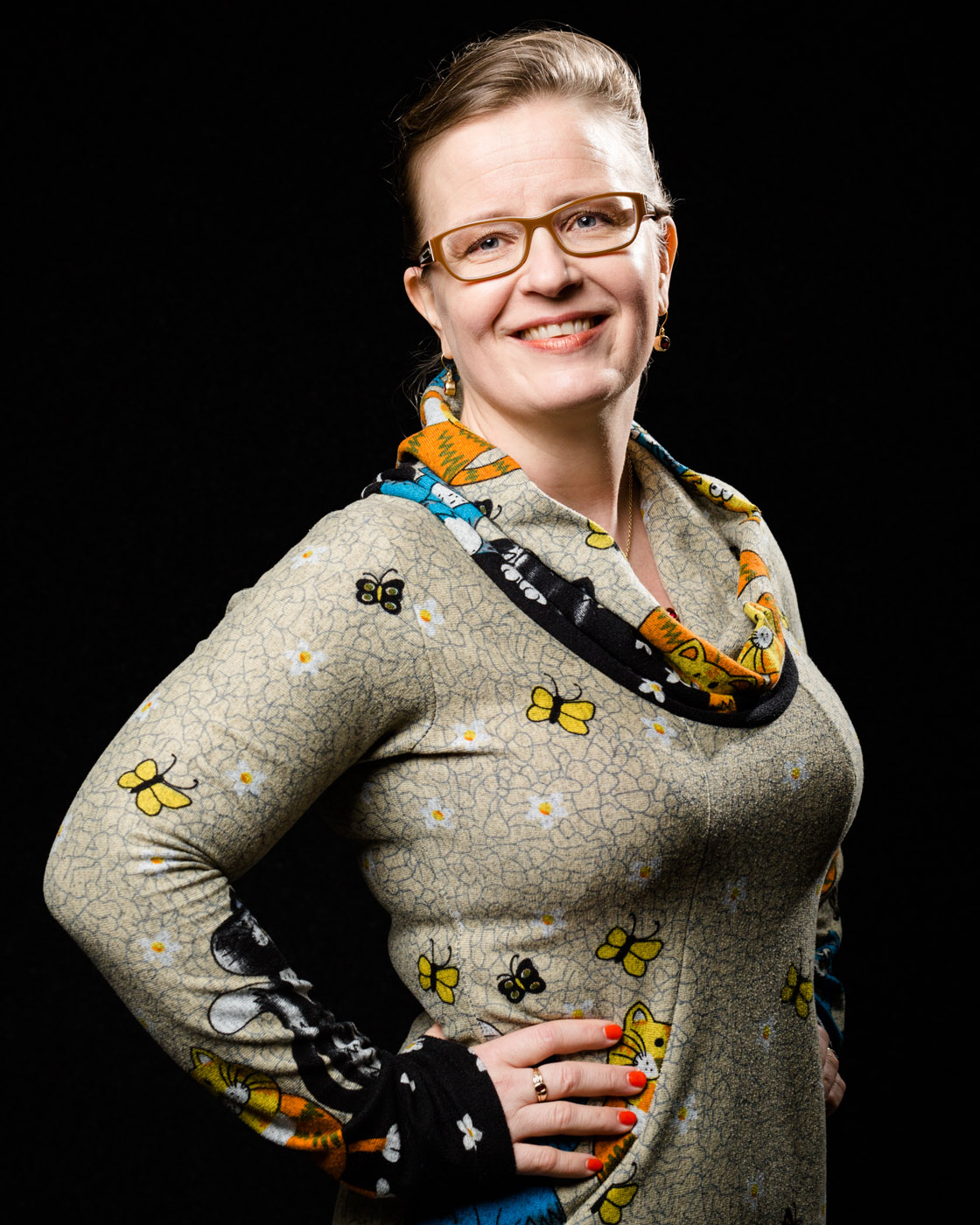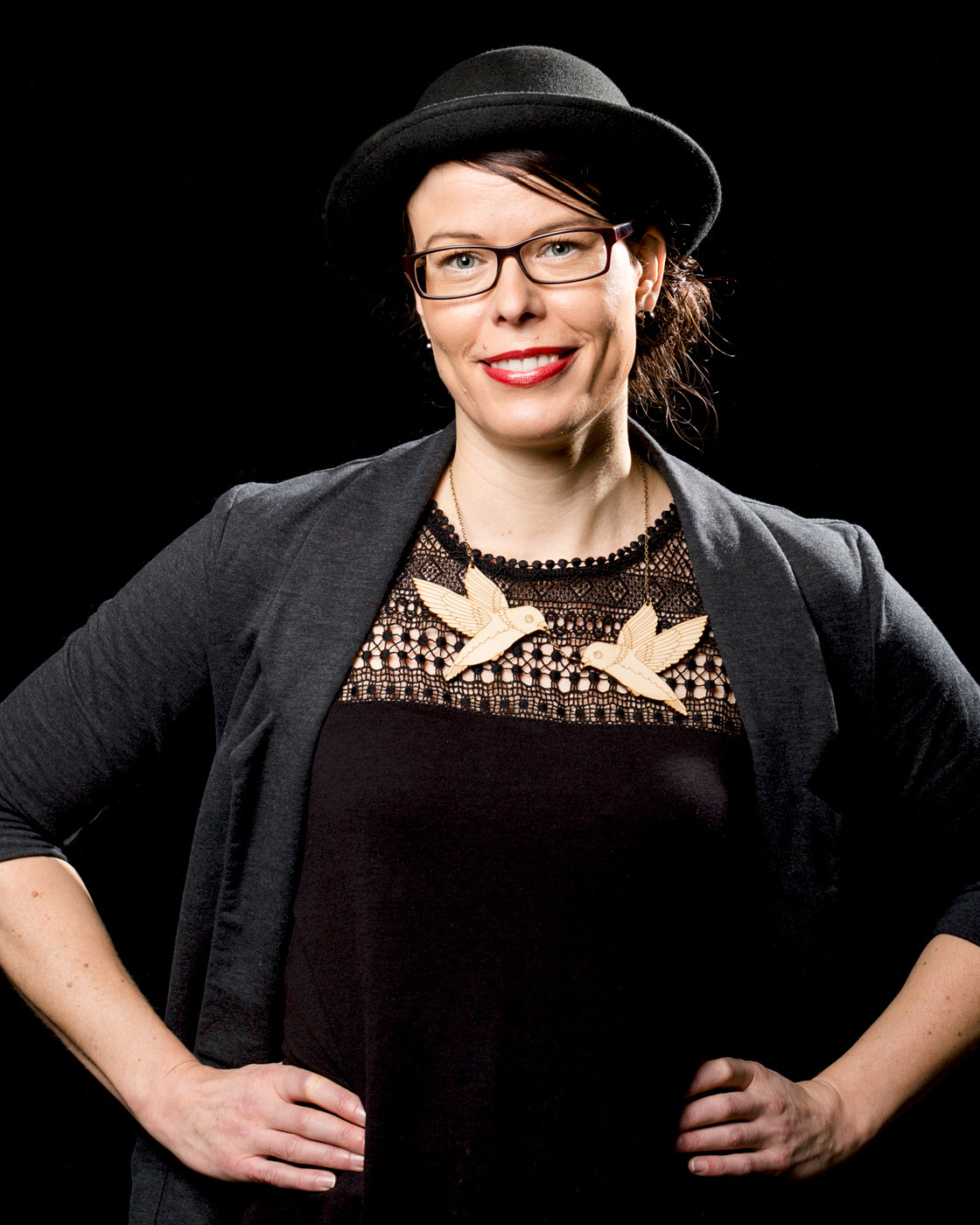CLIMATE CHANGE
Human activity contributes to climate change, and the consequences are serious. Curbing global warming requires a drastic reduction in emissions – right now.
Energy consumption, emissions and climate change
Mitigating climate change and limiting global warming to no more than two degrees Celsius requires drastic and rapid emission reductions. Emissions will need to be cut by 80% by 2050. The transition to a low-carbon society needs major changes, to social structures as well as buildings and construction.
Infrastructure reforms promoting a low-carbon society require extremely heavy investments. In practice, this will increase the cost of energy, transport and housing. On a national level, however, investments can be widely dispersed by creating the preconditions for decentralised region- and building-specific solutions on a local level. On the other hand, investments in energy efficiency will reduce operating costs in the long term.
We are currently planning a new focus area that will concentrate on climate solutions and climate policy and start in April 2018. Good examples can be found e.g. in our updating list of the most interesting companies in the circular economy in Finland, and from the climate solutions listed in our Green to Scale projects.
Bringing emissions under control
Buildings and construction account for about 40 per cent of all energy consumption and emissions. If you include emissions from transportation, the effect is even more significant. The initiative ERA17 – For an Energy-Smart Built Environment 2017 identified 31 actions aimed at rapidly reducing emissions from the built environment. Actions were listed in five areas: land use, decentralised energy production, construction guidance, property use and ownership, and competence development.
ERA17 finished at the end of 2017, but the work on cutting down the emissions in the built environment will continue. Implementing the actions is a group effort requiring the involvement of individuals, businesses and local authorities as well as the state.
Green choices for housing, transport and consumption
When it comes to mitigating climate change, people have an important part to play. When you are aware of the environmental impact of choices relating to housing, transport and consumption, it is easier to make green choices. We have listed 100 smart ways to live sustainably.
Local authorities are excellently positioned to offer people increased opportunities for contributing to the efforts and decision-making concerning climate change mitigation. The Mayors’ climate network brings together the climate actions of the six largest cities in Finland and starts new initiatives together. Through their co-operation Helsinki, Espoo, Vantaa, Tampere, Turku and Oulu want to inspire other cities and towns and encourage them to join the network.
The Ilmankos project in Tampere collected recommendations relating to citizens’ participation and climate campaigns, as well as the methods of participation which were deemed to work best. The ECO2 – Eco-efficient Tampere 2020 project has continued on the same track, steering the city towards a carbon-neutral future. The Peloton project has trained ‘gatekeepers’, groups which hold the keys to the energy choices people make.
The energy-efficient city block Airut in Jätkäsaari will offer green services on site and thereby promote a new kind of low-carbon urban lifestyle. It is the result of the Low2No development project, which includes low-energy, low-carbon engineering and construction, resulting in a sustainable built environment. Part of the Airut block is already up and running, and the whole site will be finished within 2018.
The fight against climate change is carried out on all levels: nationally, regionally and locally. It is visible in our everyday life and local environment as well as in local decision-making and national building regulations.





































LATEST